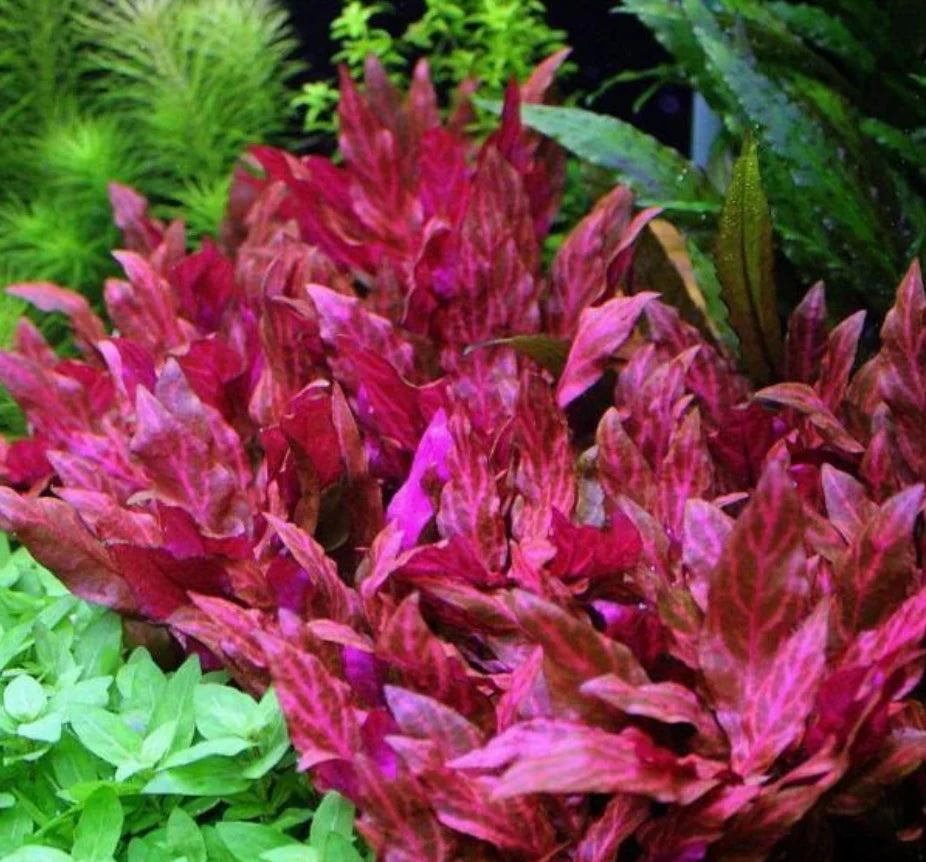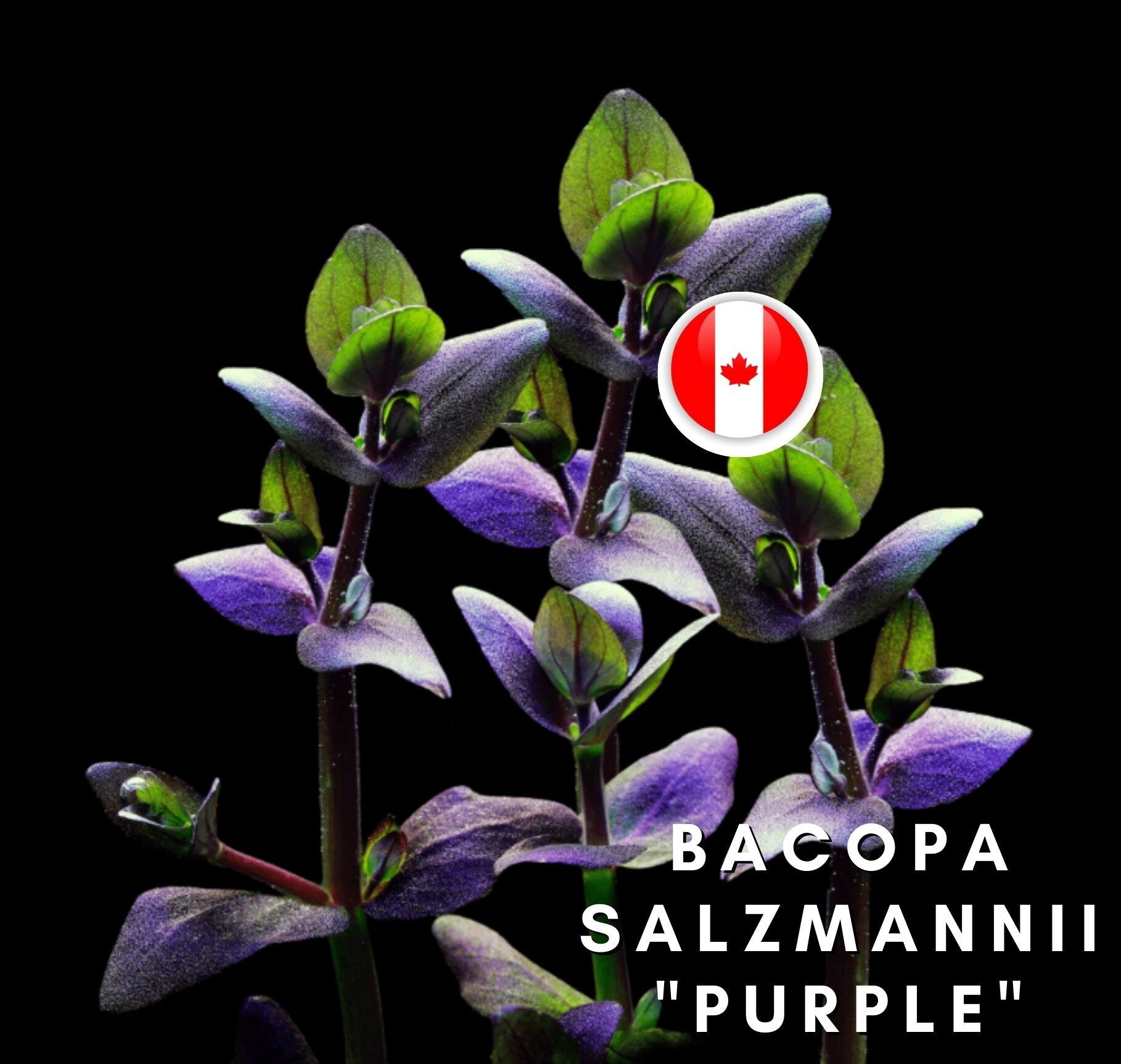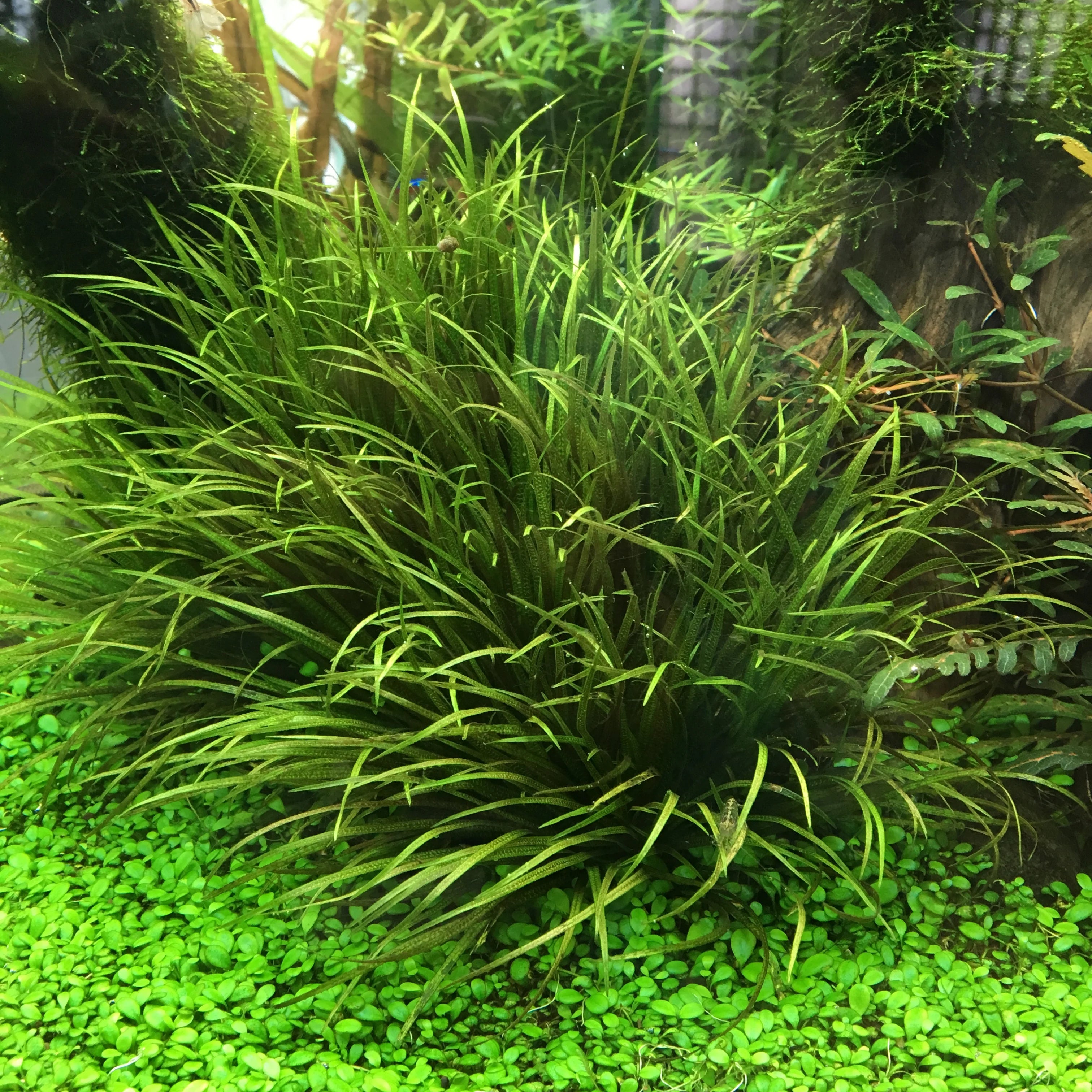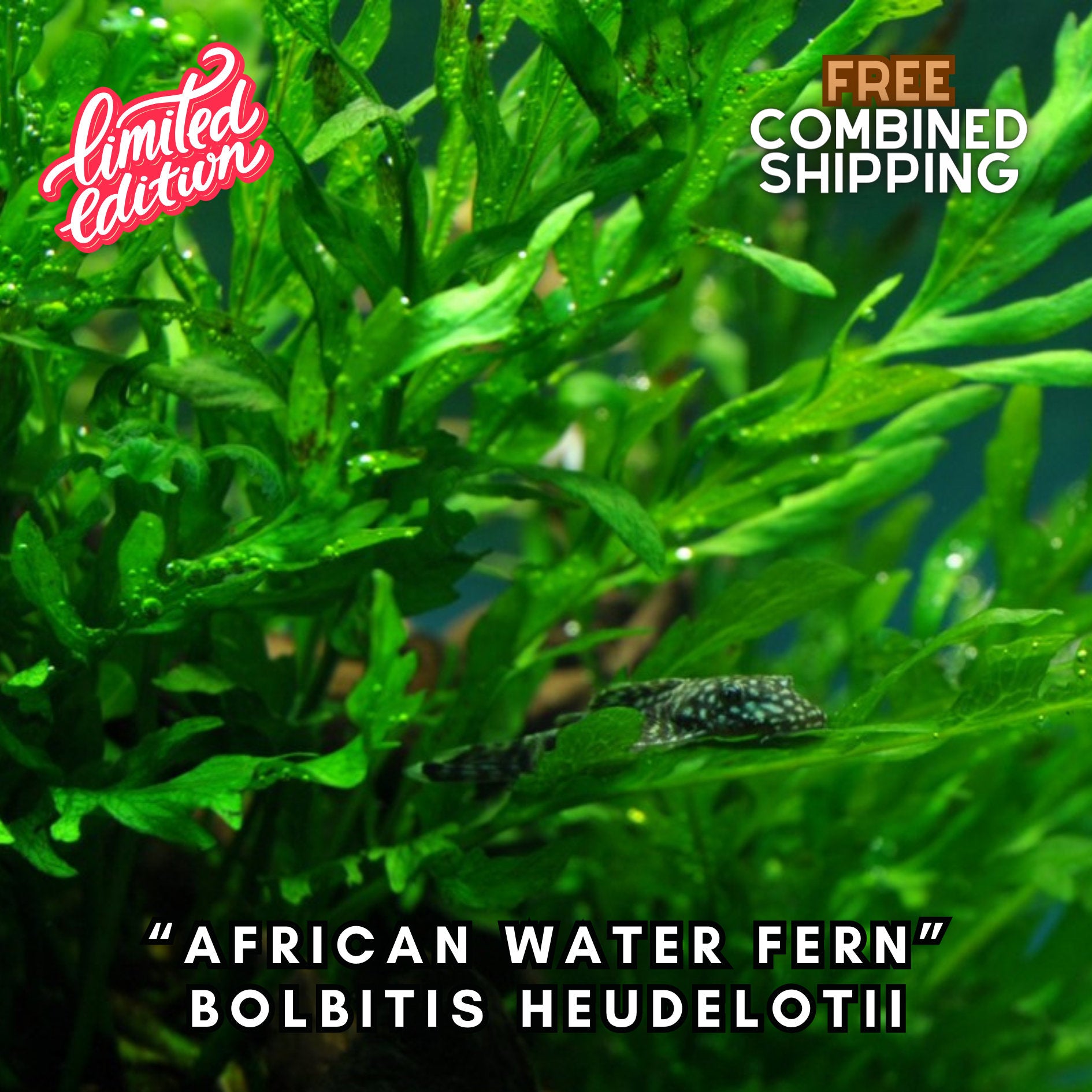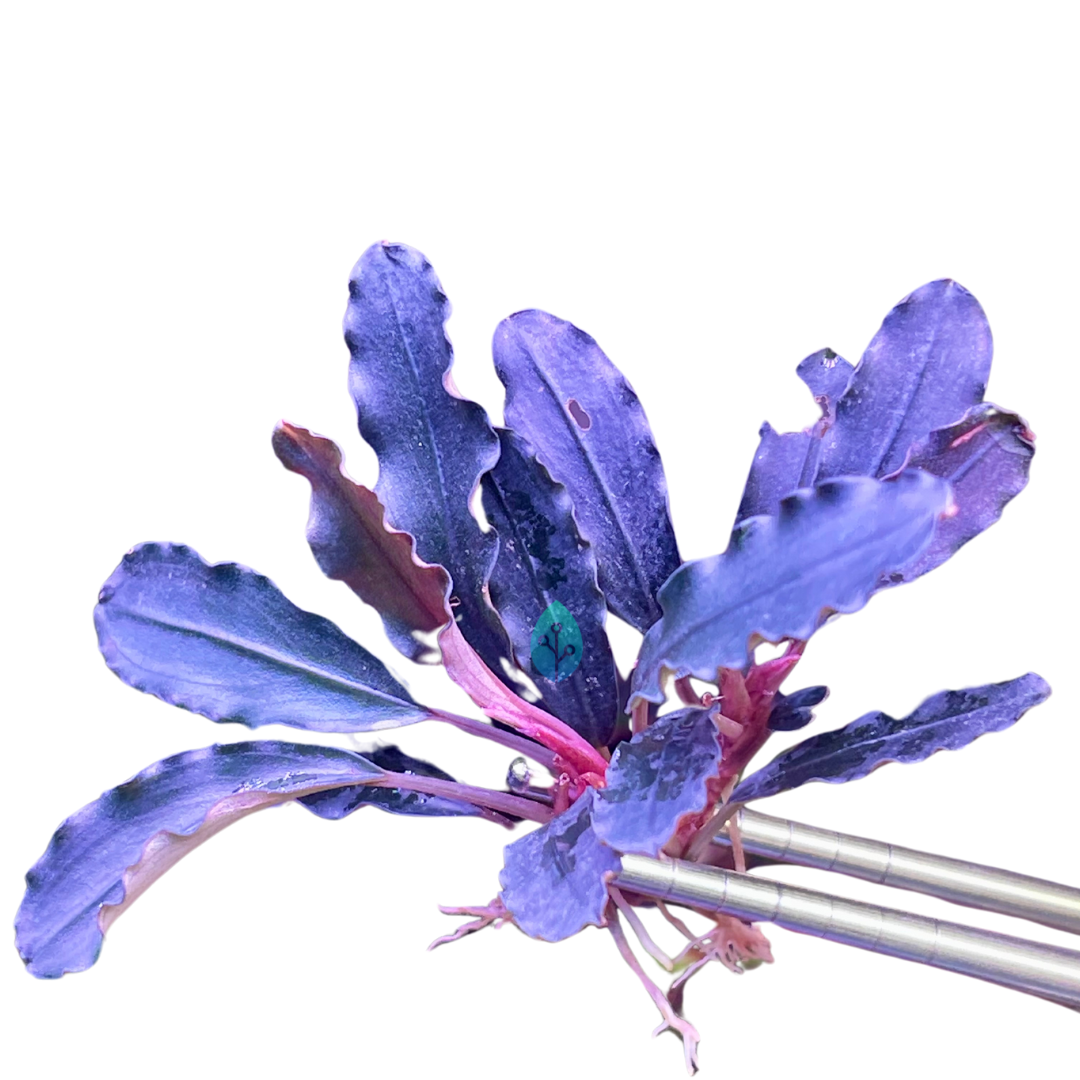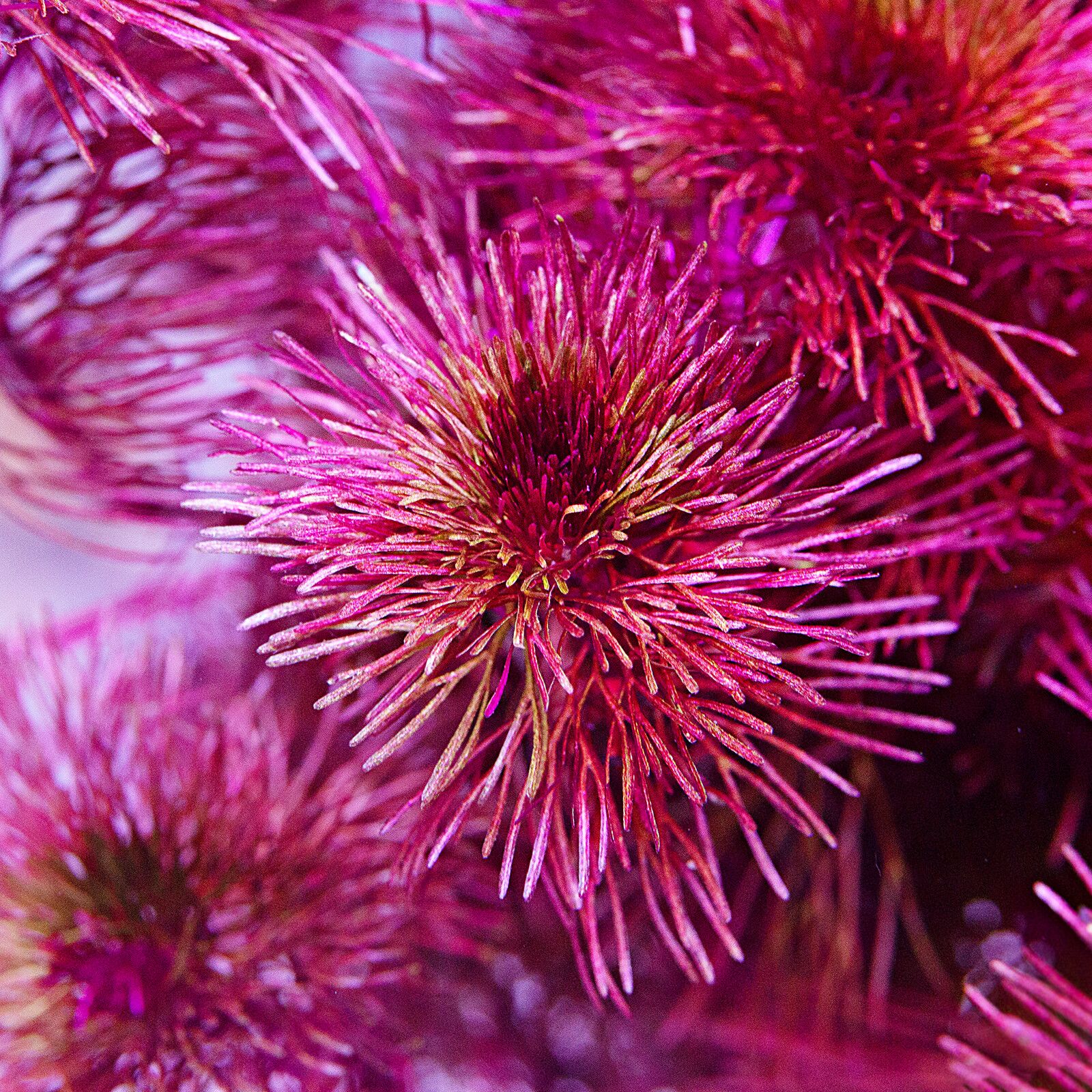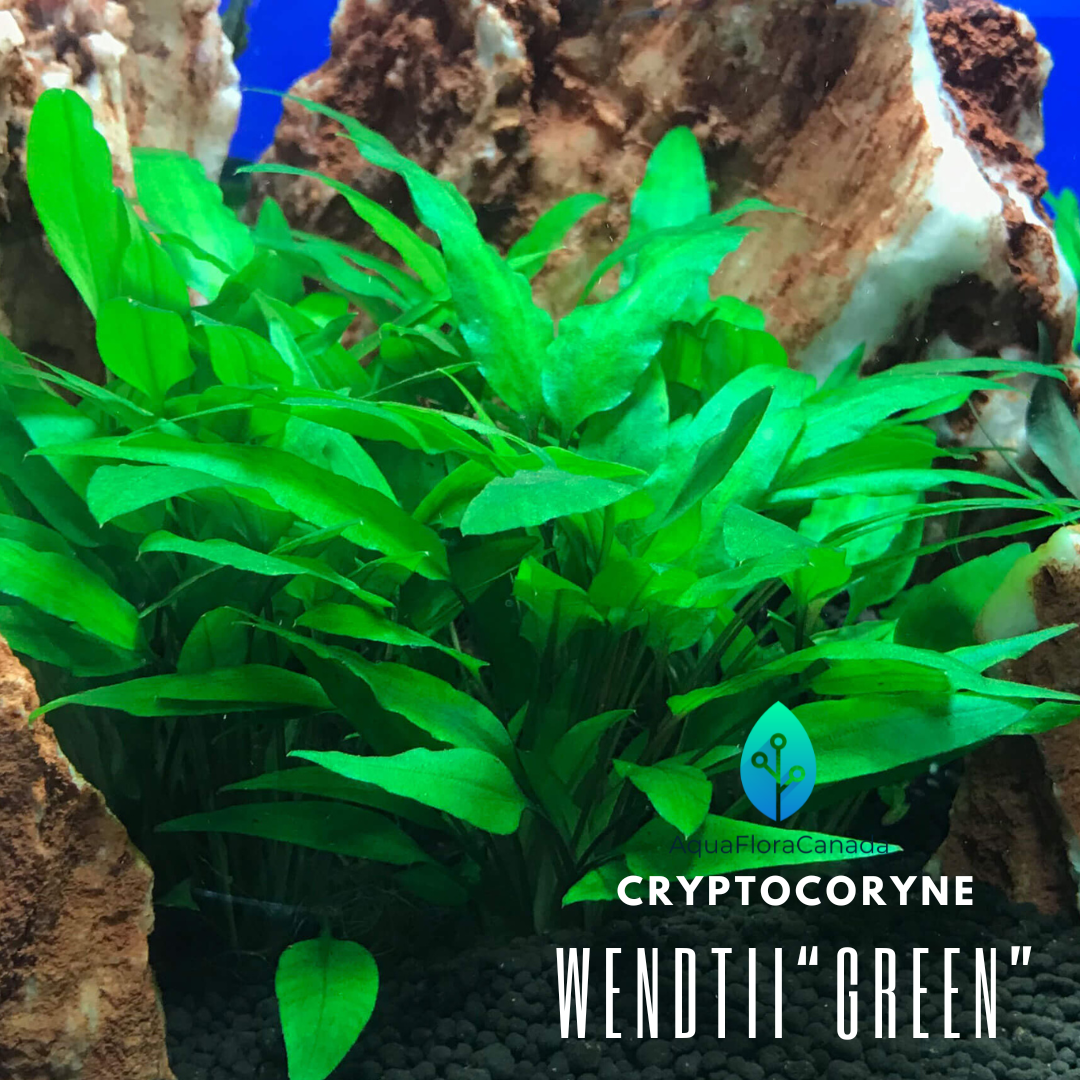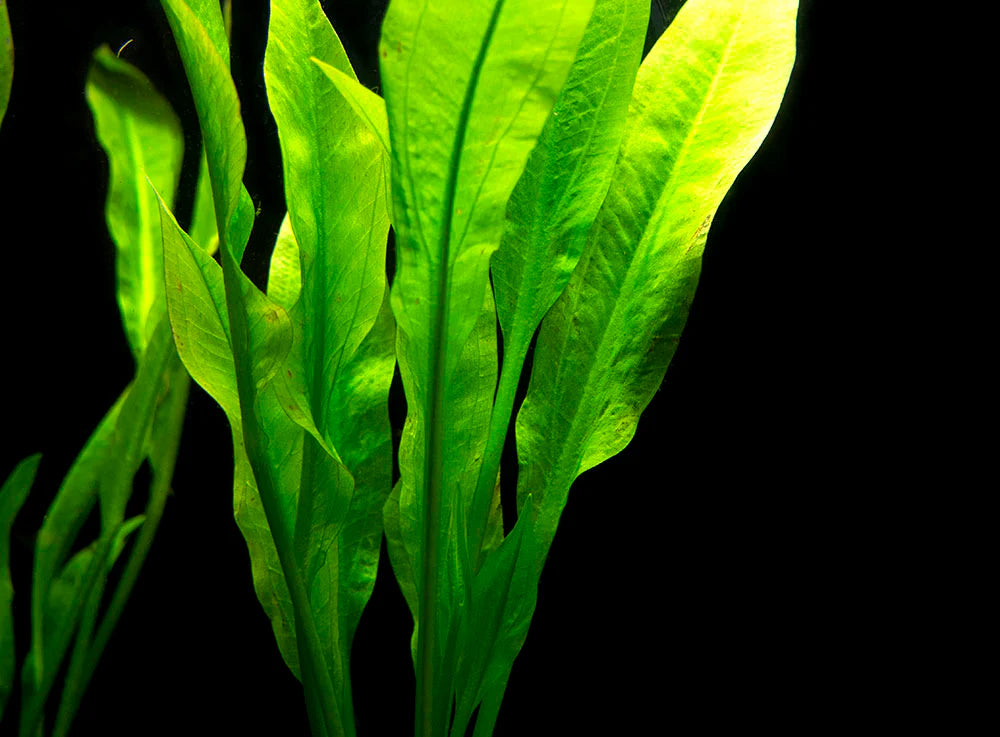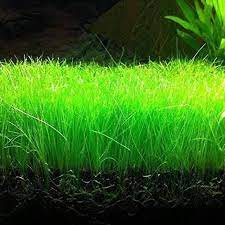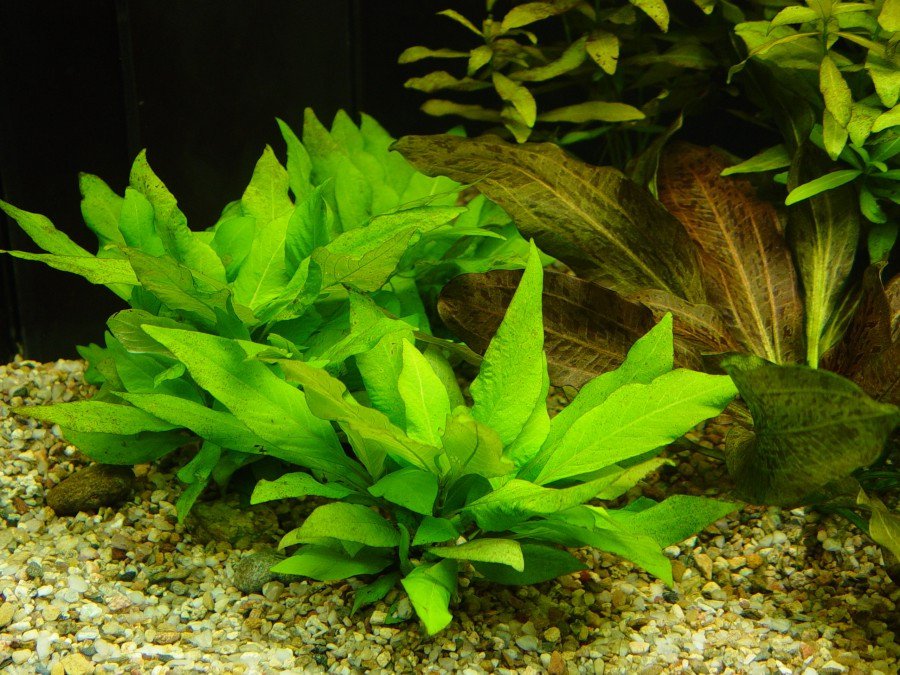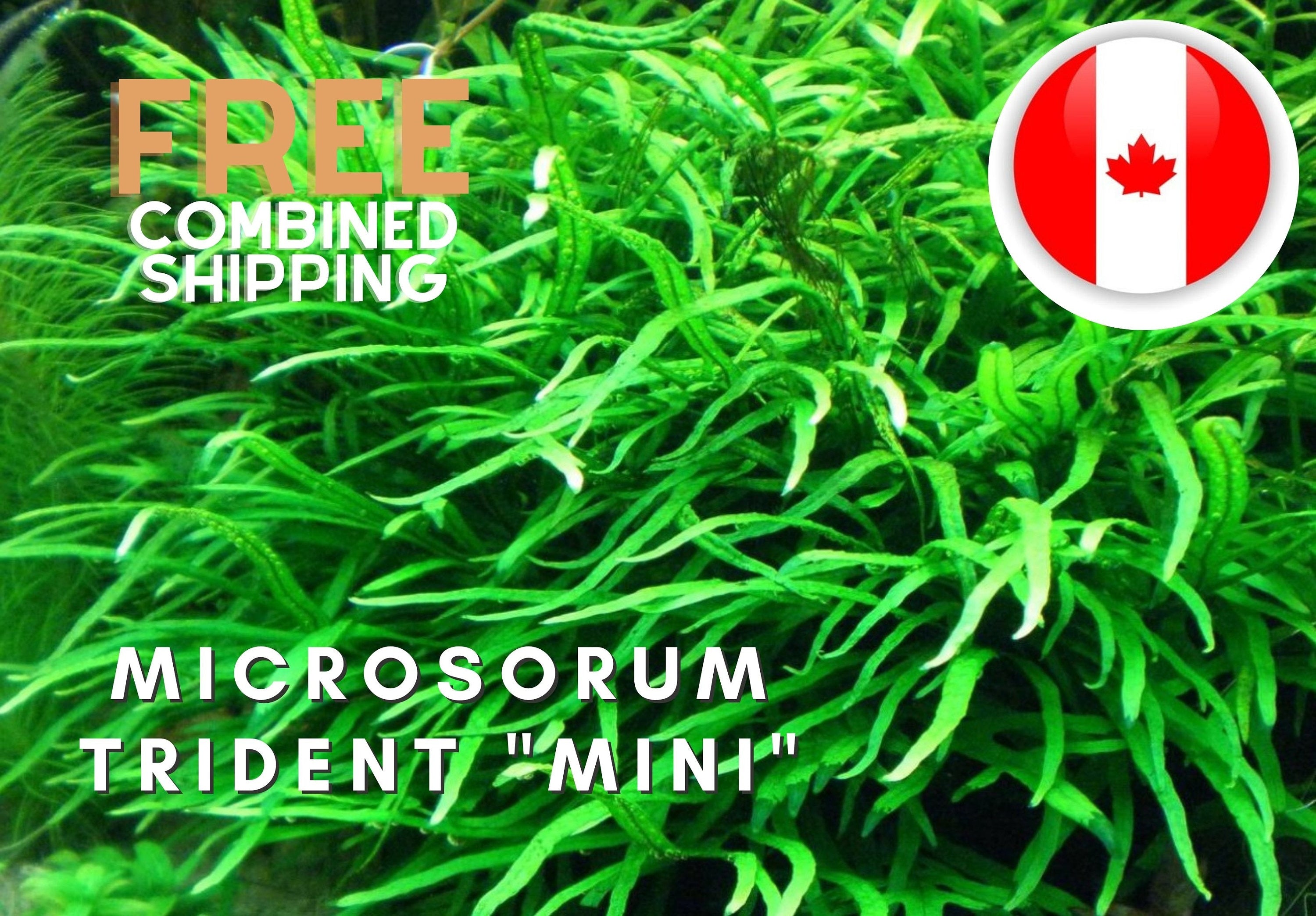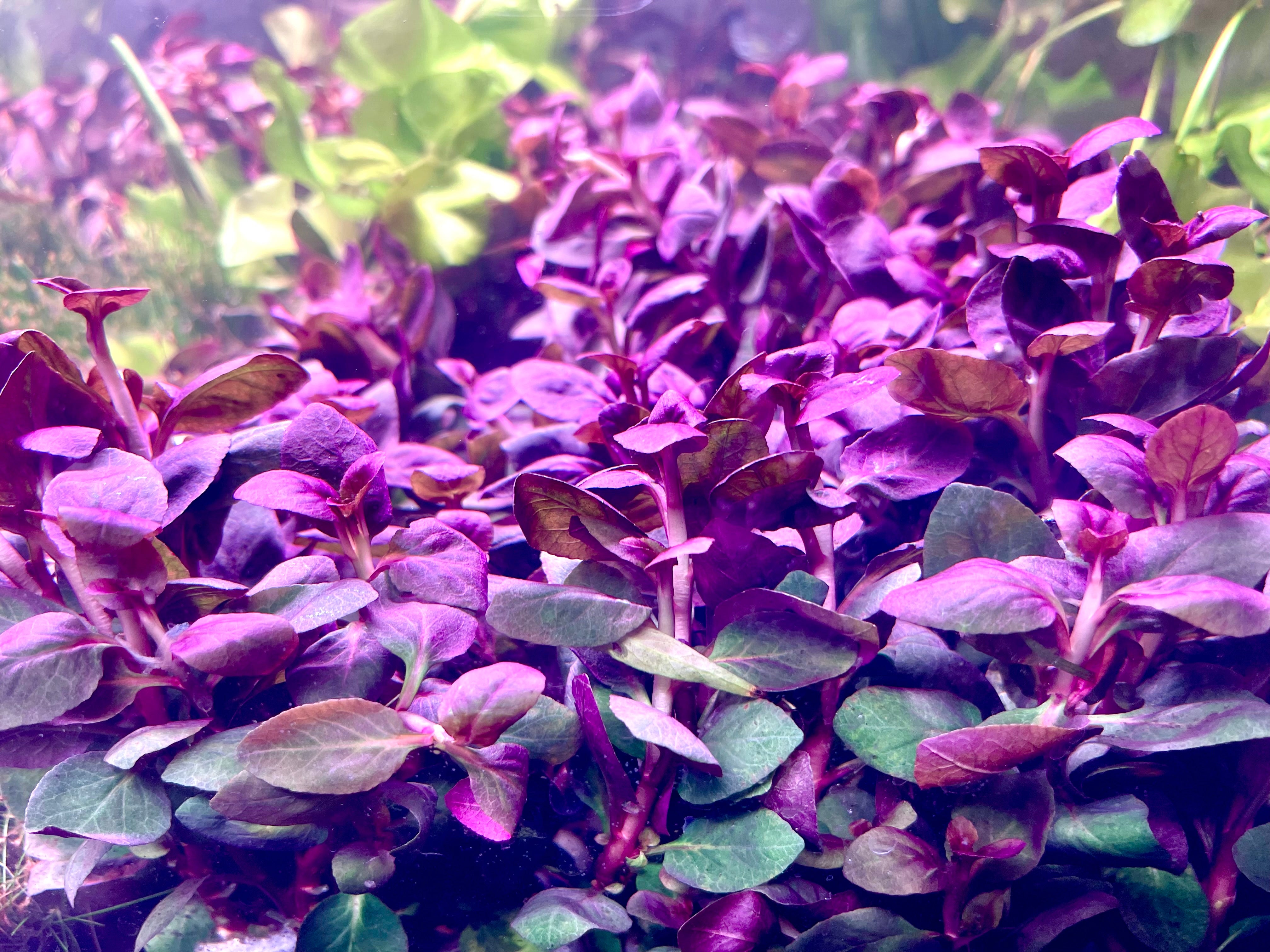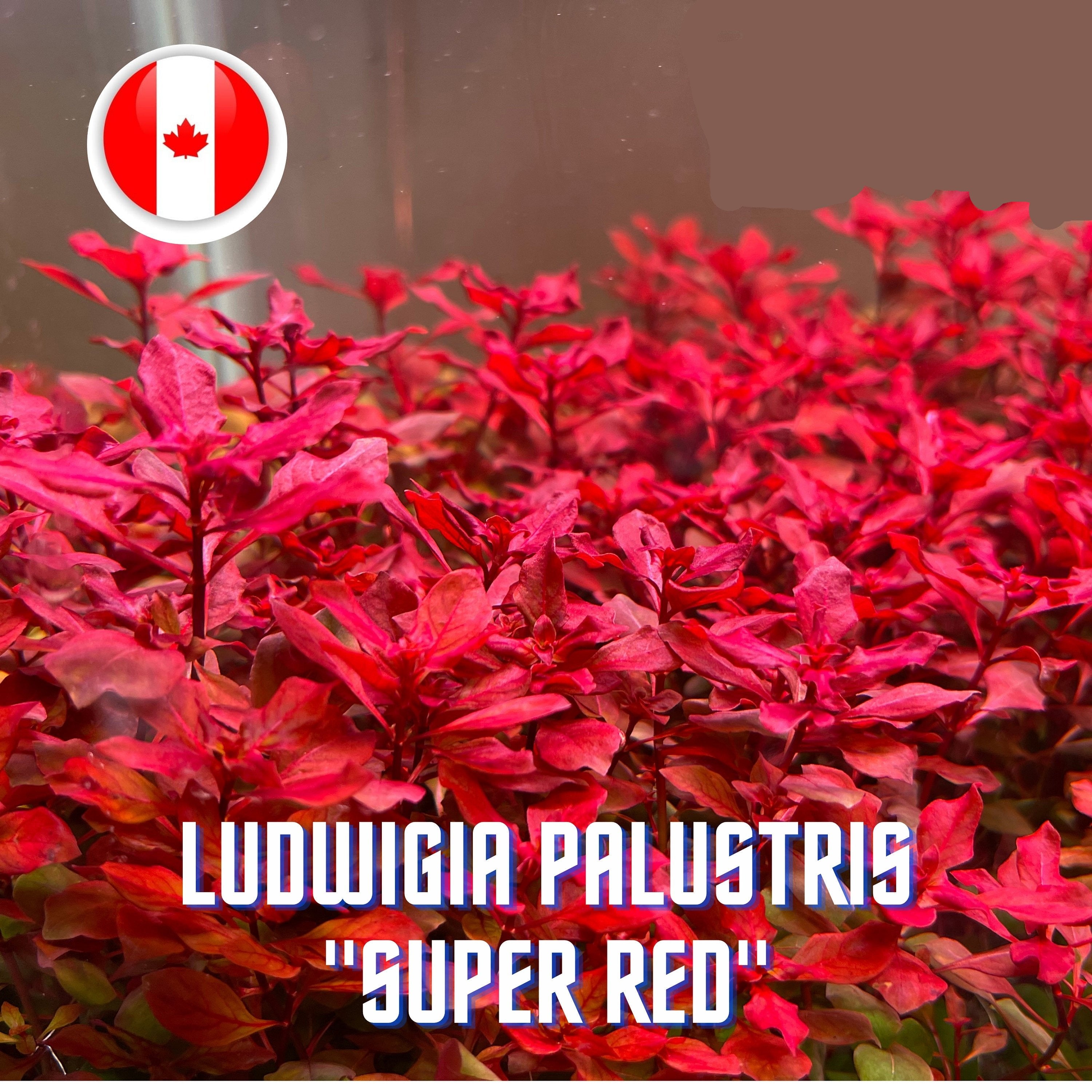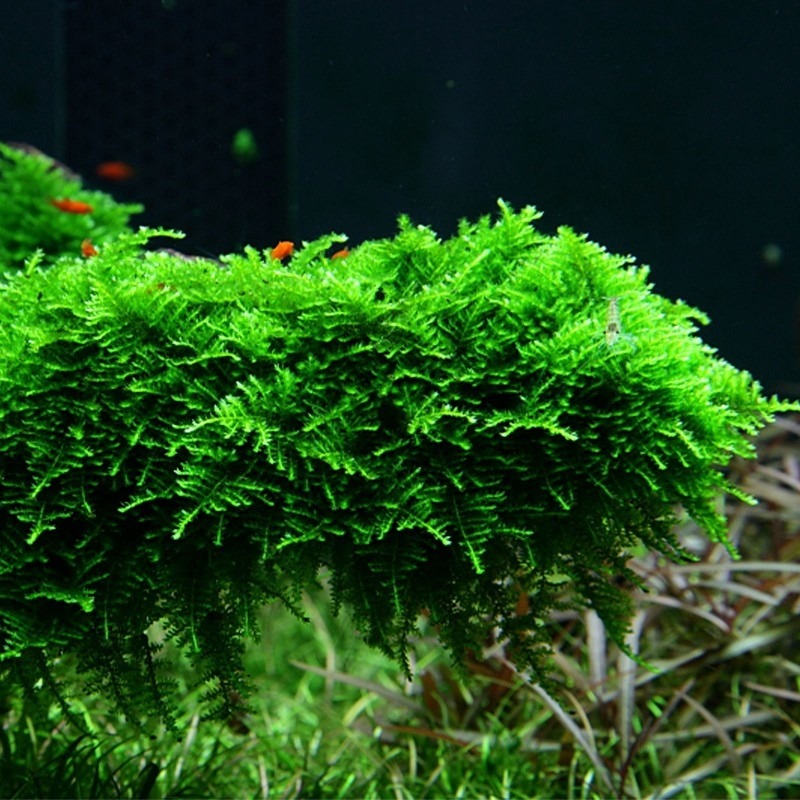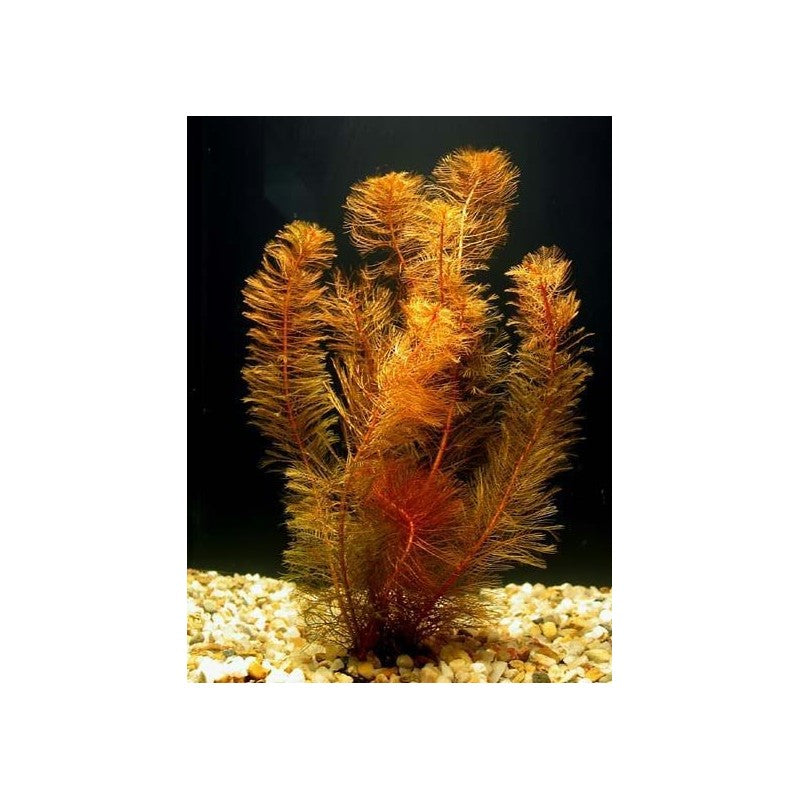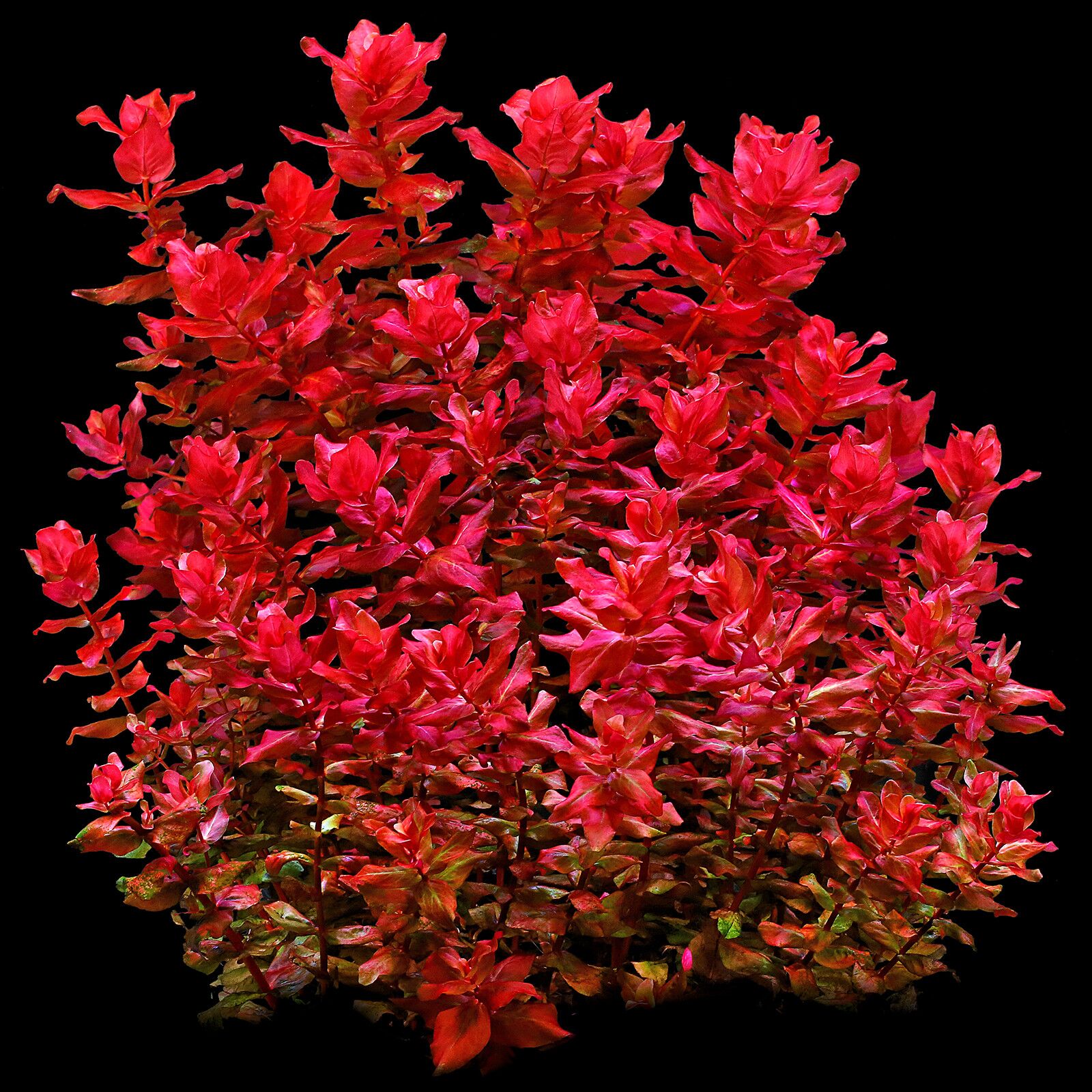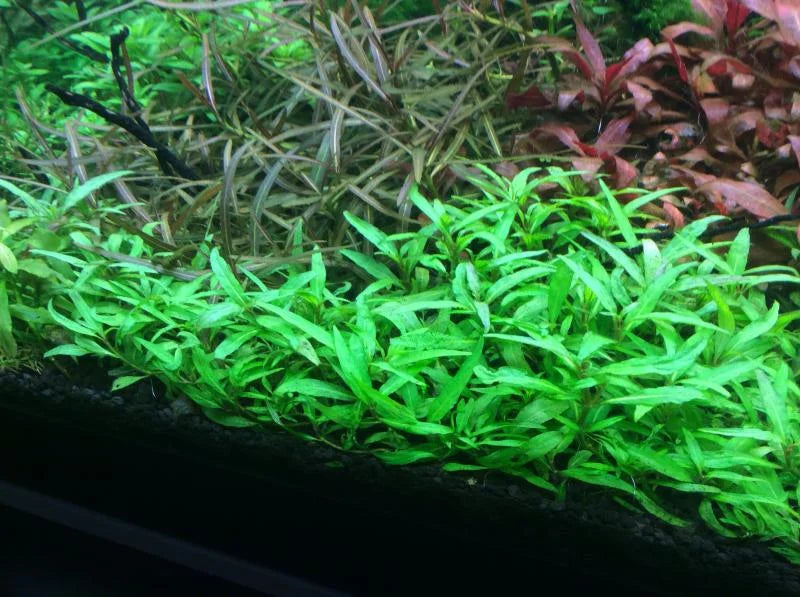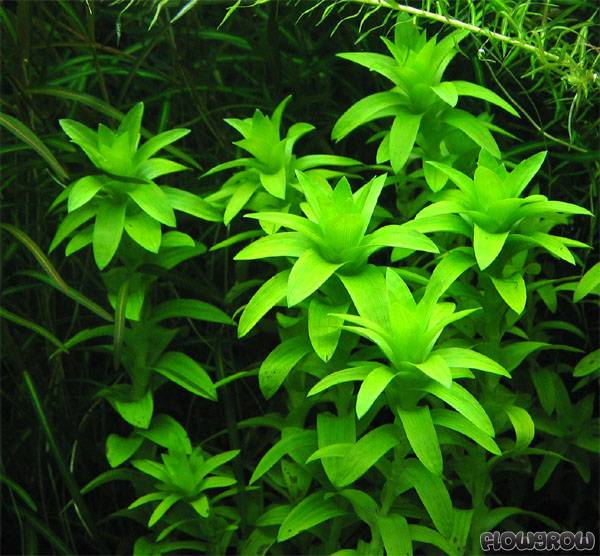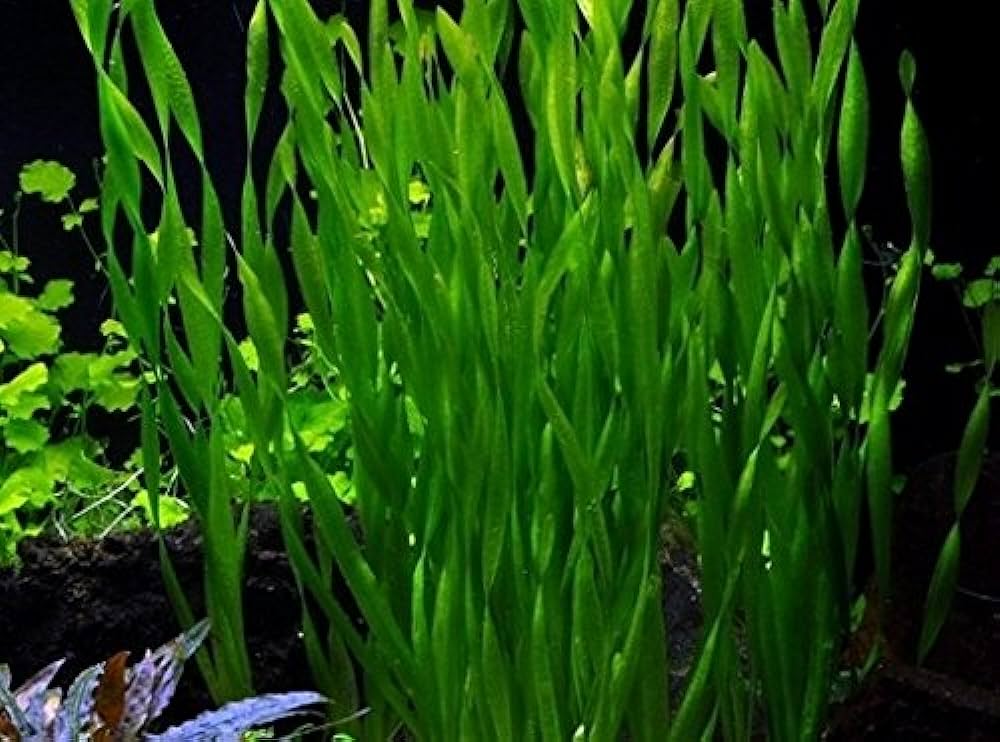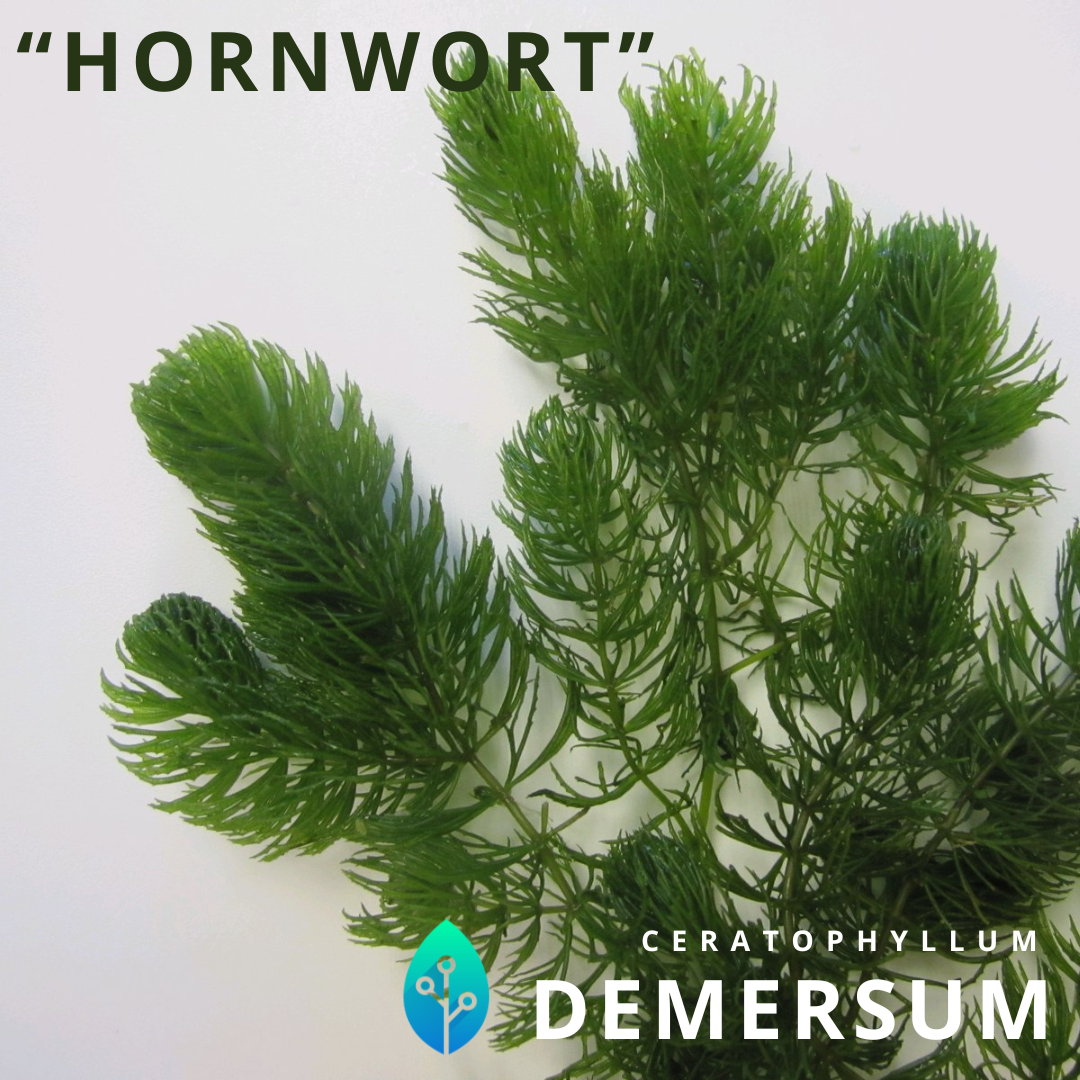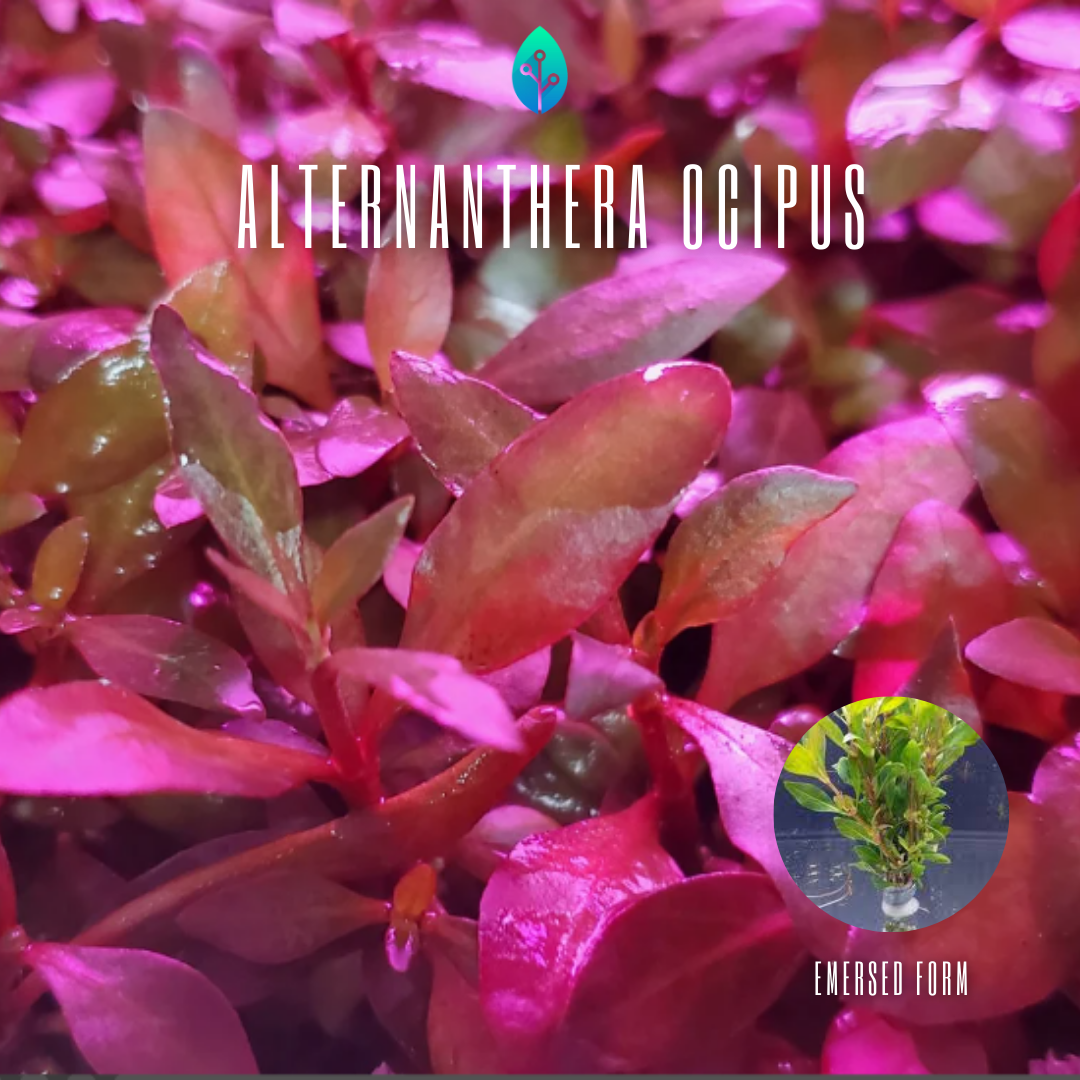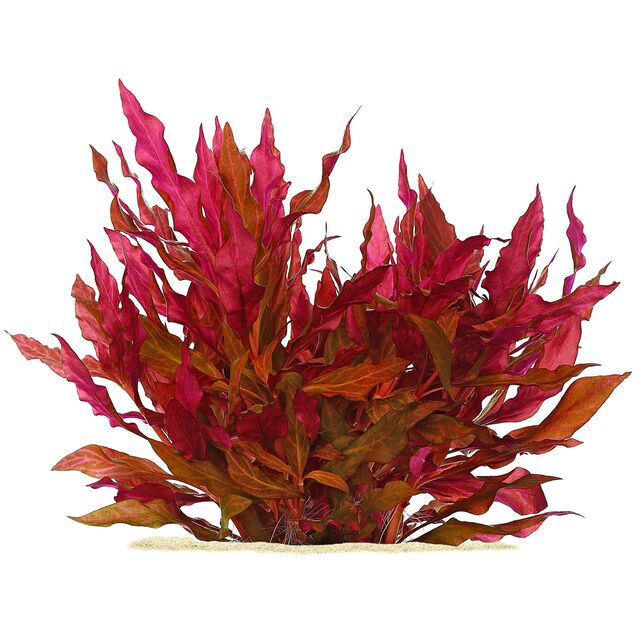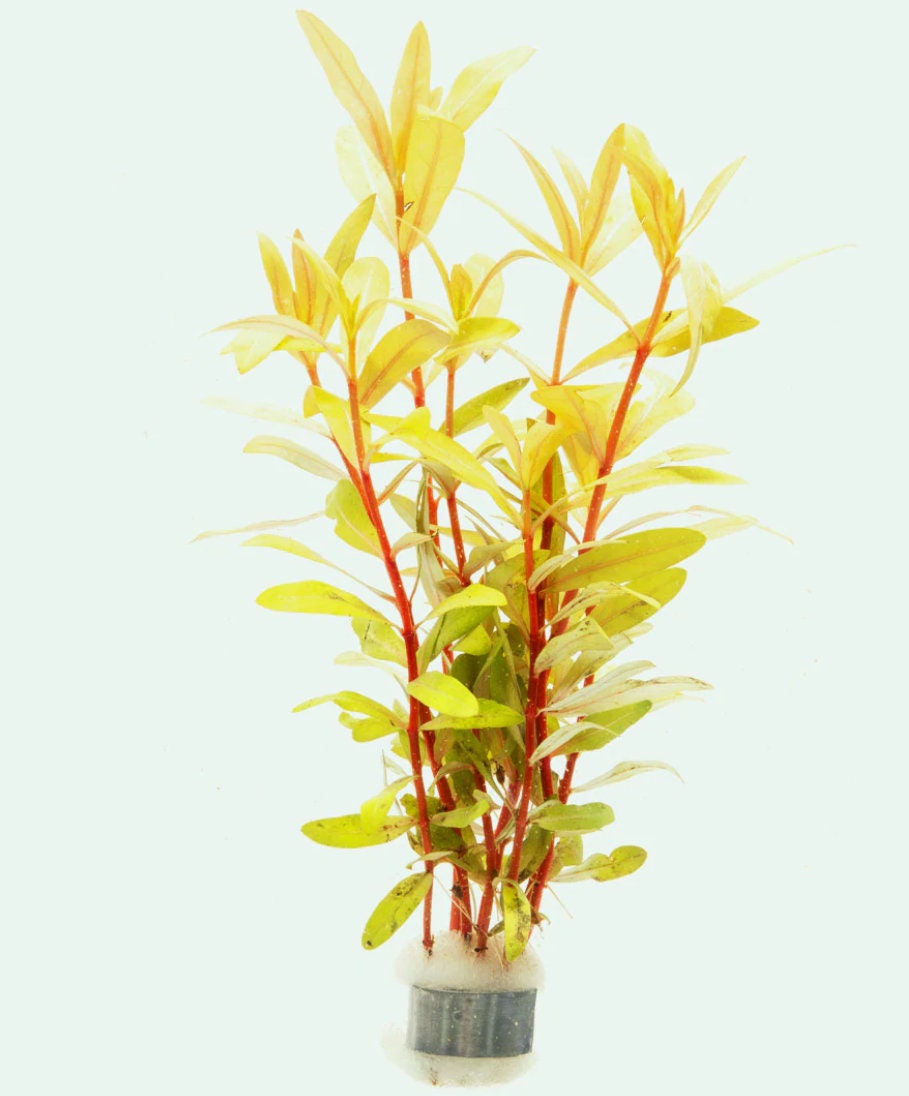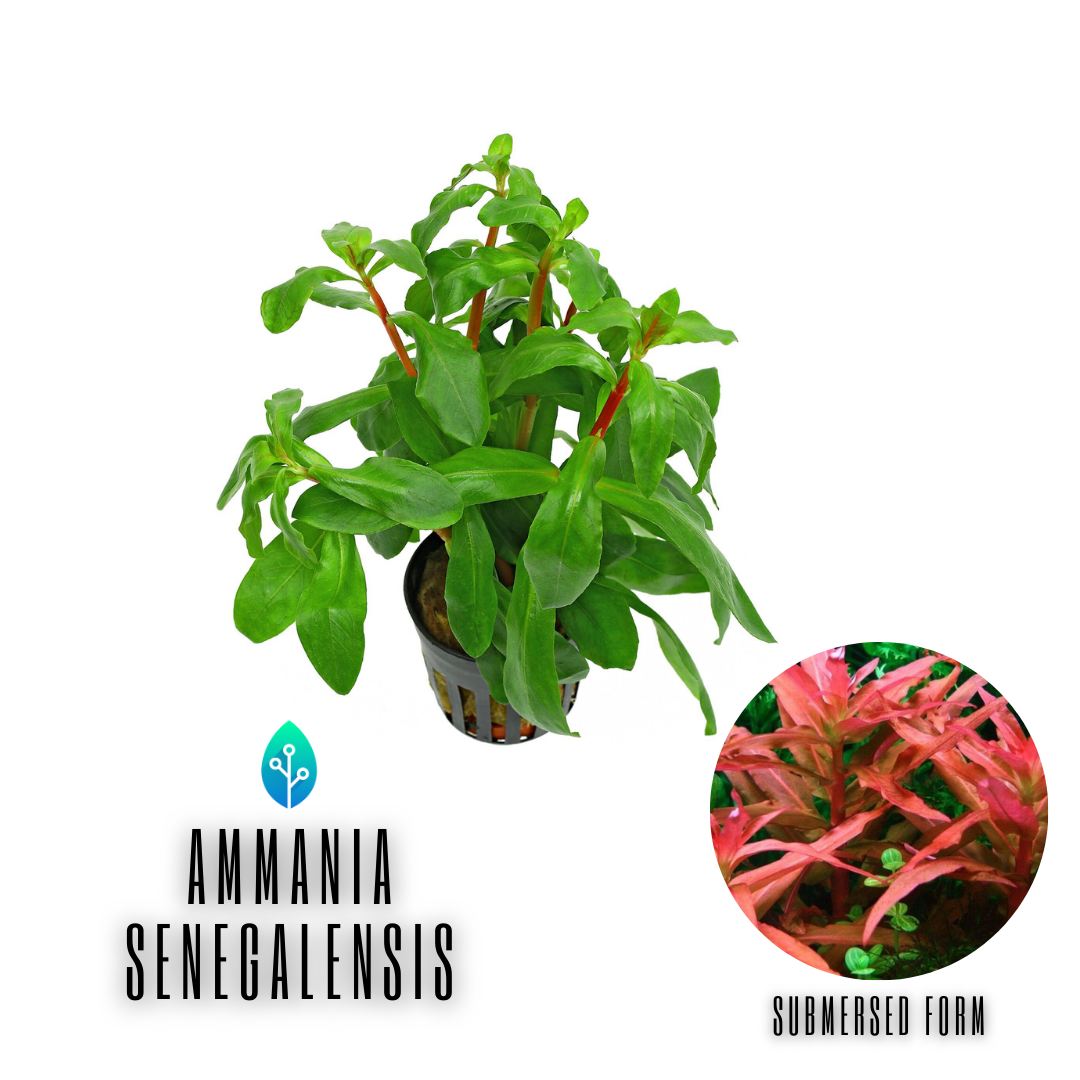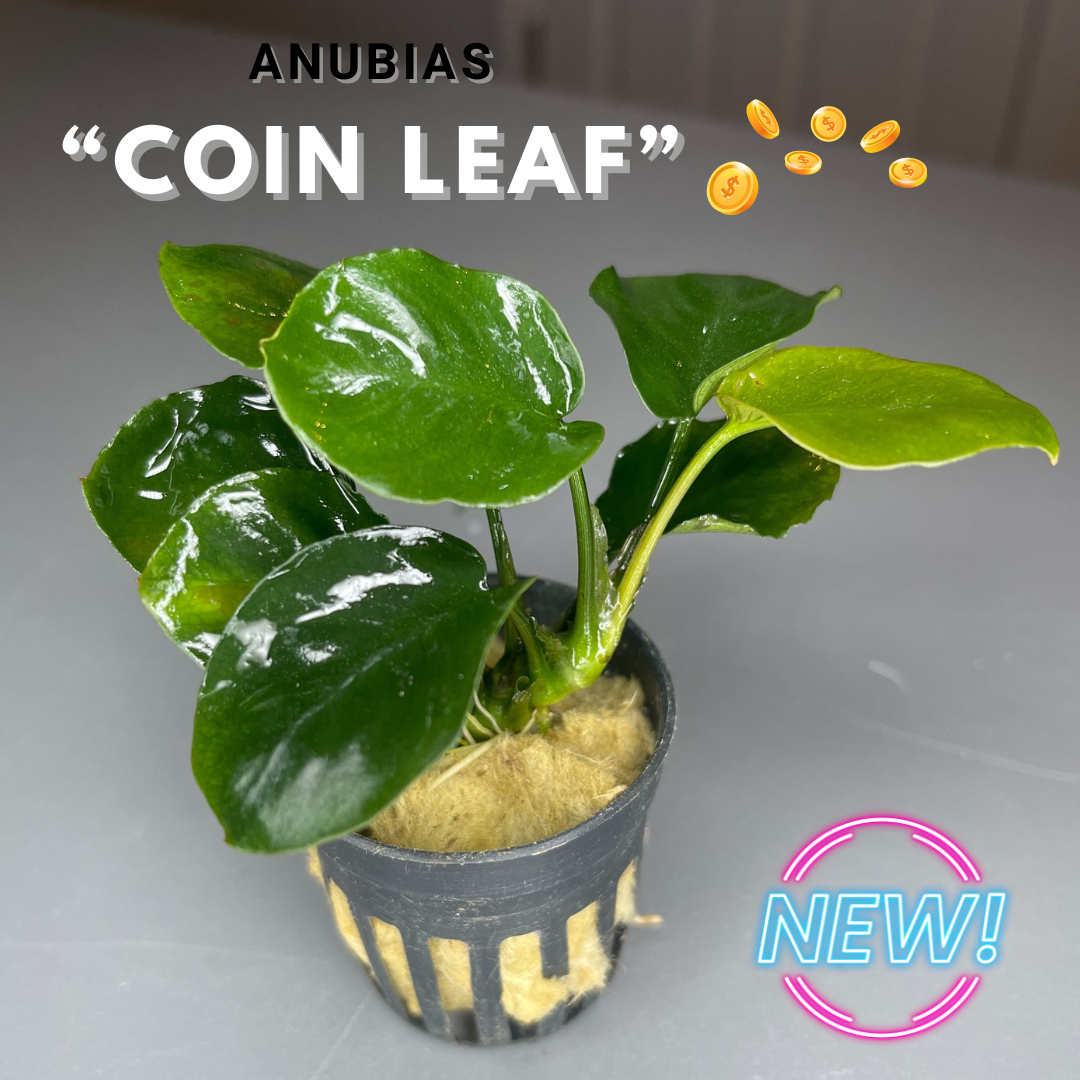Ceratophyllum demersum, commonly known as Hornwort, is a popular and versatile aquatic plant used in aquariums, ponds, and other freshwater environments. Known for its fast growth and adaptability, Hornwort is an ideal plant for both beginner and experienced aquarists.
Key Features:
- Common Name: Hornwort
- Scientific Name: Ceratophyllum demersum
- Family: Ceratophyllaceae
- Distribution: It is found worldwide in a variety of freshwater environments, making it one of the most widespread aquatic plants.
-
Growth Form:
- Hornwort is a rootless, free-floating plant that can also be anchored in the substrate if desired.
- It grows in long, bushy strands, with delicate, needle-like leaves that give it a soft, feathery appearance.
Appearance:
-
Leaves:
- The leaves of Hornwort are thin, rigid, and whorled around the stem, giving it a bristly look. The plant can grow quite dense, providing excellent cover for fish and fry.
- These leaves are often dark green, but their color can vary depending on lighting and nutrient availability.
-
Stem:
- The plant's stem is long and flexible, allowing it to float freely or trail across the tank.
- Hornwort can grow up to 10 feet (3 meters) in length in the wild, though it is usually trimmed back in aquarium settings.
Aquarium Care:
-
Lighting:
- Hornwort thrives under moderate to high lighting but can also tolerate lower light conditions, making it suitable for a variety of tank setups.
- Under bright light, it may grow faster and produce more vibrant green coloration.
-
Water Parameters:
- Temperature: 15°C to 30°C (59°F to 86°F) — It is very adaptable and can survive in both tropical and temperate setups.
- pH: 6.0 to 7.5 — Hornwort tolerates a wide pH range, though it prefers neutral to slightly acidic conditions.
- Hardness: Soft to hard water.
- Substrate: Since Hornwort is a rootless plant, it doesn't require any specific substrate to thrive. It can simply float freely in the water column or be anchored using a weight, plant weights, or buried into the substrate if desired.

